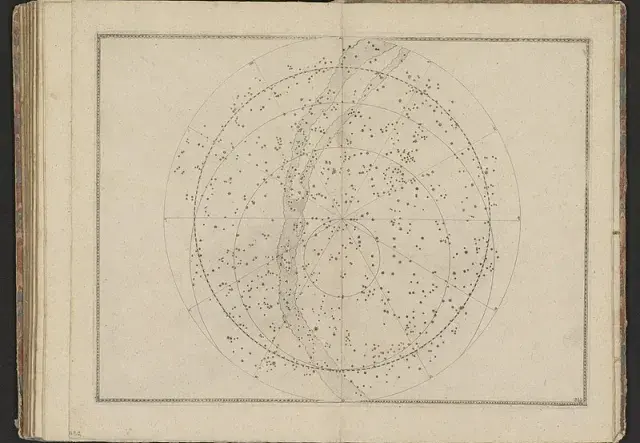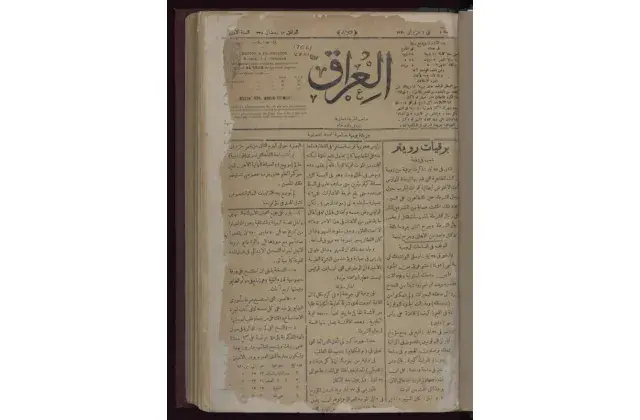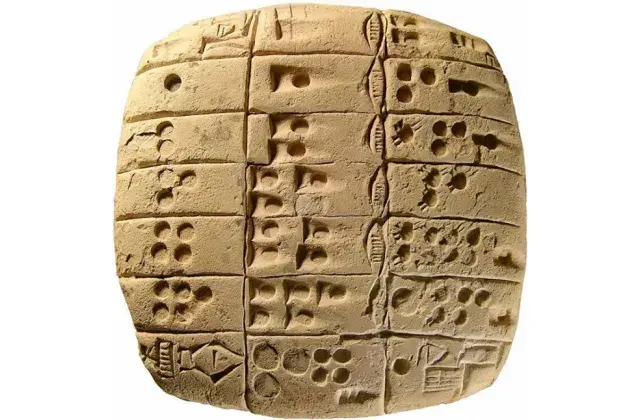Astronomy (2000 - 400 BCE)

Astronomy played a key role in many aspects of life in ancient Iraq, including religious and cultural practices. The people of ancient Iraq didn’t only discover the planets, but they also observed their movements and predicted future events. It was during the Late Babylonian period 600 BCE when astronomy became one of the highest sciences while it was particularly unknown to the ancient Sumerians. The discovery and the decipherment of the Babylonian astronomical texts from 1880 have shed much light on the science known to the people of ancient Iraq. These texts were naked-eye astronomical observations. Specialised and well-trained people had expertise in mathematical and observational astronomy, and those people were usually the temple priests. They meticulously recorded astronomical observations in detailed diaries at a Babylonian astronomy centre. The Babylonians applied mathematics to the prediction of astronomical phenomena such as the appearance of meteors and the phases of the moon. Based on their observations, the Babylonians developed calendar systems. The Babylonian calendar was based on the lunar phases, and each year was twelve months, with each month beginning in the evening after the lunar crescent was observed.
Nabu-rimanni is considered to be the earliest Babylonian astronomer, known by name, who invented the so-called system A, a table demonstrating the positions of the Moon, Sun, and planets. Nabu-rimanni studied the stars and the movements of celestial objects, trying to understand and predict things like the changing seasons and the movements of the planets and stars in the sky. His work helped ancient people make sense of the sky and influenced how they understood the world around them.
A significant Babylonian collection of cuneiform tablets is the Enuma Anu Enlil (“when the gods Anu and Enlil”) that detail various omens, celestial events, astronomical phenomena, and their astrological observations. These tablets were utilised for predicting the future, particularly in the realms of weather, agriculture, and socio-political events, based on the movements of celestial bodies and natural phenomena. The Enuma Anu Enlil tablets served as a handbook for the interpretation of these omens. They were structured according to celestial events and often associated these occurrences with specific outcomes or prophecies. The texts were crucial in ancient Iraq’s society as they guided decision-making, governance, and religious practices by offering insights or warnings derived from observations of the natural world.
Much of our knowledge of ancient Iraq’s astronomy is made possible because of cuneiform records. These excavated records not only highlight the ancient civilisations in Iraq pioneered astronomy but also demonstrate that their astronomical observation and interpretations directly influenced the scientific works of other civilizations such as the Hellenistic world and significantly enhanced them.
This article was written by Renas Babakir and is licensed under CC BY-NC 4.0.






